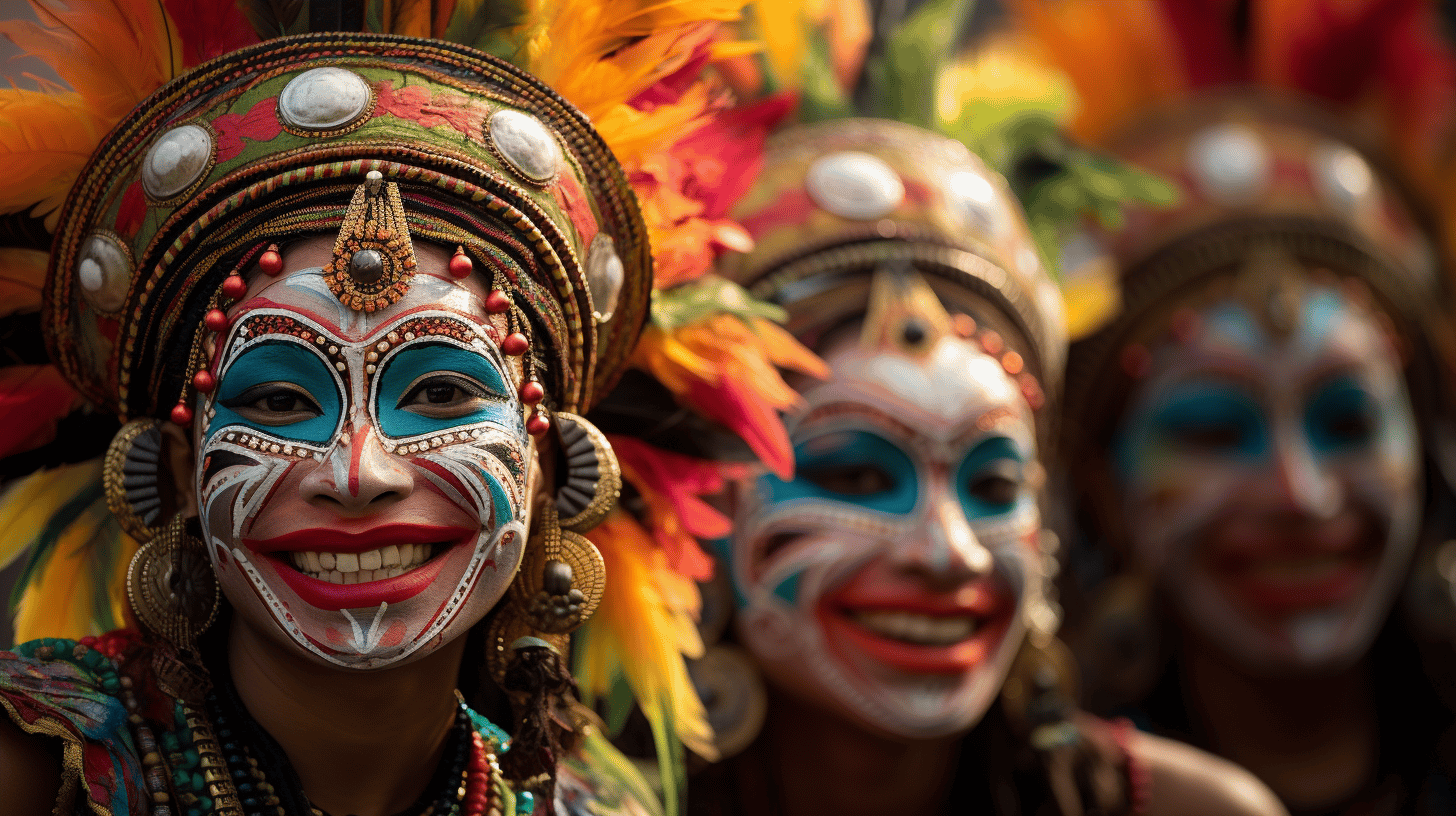Introduction
Landscape photography is an incredibly rewarding and awe-inspiring art form that captures the natural beauty of the world. It allows photographers to showcase the essence of a location by immortalizing the breathtaking vistas, dramatic light, and exceptional moments. Discovering the most scenic locations for landscape photography requires research, patience, and dedication. This article aims to help you explore some of the most magnificent landscape photography spots and share valuable tips on how to improve your photography skills while venturing into these breathtaking destinations.
Table of Content
- Finding Inspiration in Landscape Photography
- Planning Your Trip and the Best Times to Visit
- Top Locations for Landscape Photography
- Tips for Capturing Stunning Landscape Photos
- Essential Gear for Landscape Photography
- Legal Considerations and Etiquette
- Frequently Asked Questions
1. Finding Inspiration in Landscape Photography
One of the most important aspects of landscape photography is finding inspiration in the world around you. A great starting point is immersing yourself in the works of famous landscape photographers. Studying their work will provide insight into their creative process, techniques, and compositions. Some renowned landscape photographers worth exploring include:
- Ansel Adams – Known for his striking black-and-white photographs of American landscapes.
- David Muench – His vibrant and surreal images are often credited with inspiring the modern landscape pictorial style.
- Yann Arthus-Bertrand – Captures stunning high-altitude aerial photographs of incredible landscapes worldwide.
- Rachel Talibart – Acclaimed for her mesmerizing seascape photography.
2. Planning Your Trip and the Best Times to Visit
Once you have found your inspiration, the next step is to plan your trip. Careful planning is crucial when visiting different locations and capturing their essence. Consider the following points:
Research
Before heading out, research the location and surrounding areas, study maps, and read travel guides to familiarize yourself with the destination.
Time of Year
Identify the best time of the year to visit each location. Factors like weather, sunrise and sunset times, and seasonal changes in landscapes influence the quality and mood of your photographs.
Light Conditions
The golden hour (shortly after sunrise or before sunset) and the blue hour (during twilight) are often considered the most favorable light conditions for landscape photography.
3. Top Locations for Landscape Photography
Here are some iconic locations that offer stunning landscapes for photographers:
- Yosemite National Park, USA: With its iconic granite cliffs, verdant meadows, and thundering waterfalls, Yosemite National Park is a landscape photographer’s dream.
- Fjords, Norway: The stunning glacial fjords of Norway are among the most dramatic landscapes in Europe, characterized by steep cliffs, cascading waterfalls, and pristine waters.
- Salar de Uyuni, Bolivia: The world’s largest salt flat, Salar de Uyuni, is unique while providing otherworldly, minimalist landscapes.
- Iceland: Renowned for its surreal landscapes, Iceland boasts snow-capped mountains, sprawling lava fields, and powerful waterfalls ripe for landscape photography.
- Milford Sound, New Zealand: The awe-inspiring landscapes of Milford Sound are known for their towering peaks, verdant rainforests, and crystal-clear waters.
4. Tips for Capturing Stunning Landscape Photos
Keep these tips in mind to make the most of your landscape photography:
- Patience: Await the perfect light, weather conditions, and compositions for your shot.
- Foreground Interest: Elements such as rocks, flowers, or trees in the foreground can give your photos depth and make them more engaging.
- Composition: Follow the rule of thirds, use leading lines and framing techniques to enhance your landscape images.
- Camera Settings: Opt for a small aperture (high f-stop) to ensure maximum depth of field and experiment with different shutter speeds for creative effects.
5. Essential Gear for Landscape Photography
Investing in the right equipment can significantly improve the quality of your landscape photographs. Essential gear for landscape photography includes:
- Camera: A high-quality camera with manual settings.
- Lenses: Various lenses, such as wide-angle and telephoto lenses.
- Tripod: A sturdy tripod is crucial for sharp, long-exposure images.
- Filters: Graduated neutral-density (GND) filters to balance exposure.
- Weather Protection: Camera and lens covers, as well as rain gear.
- Extra Batteries and Memory Cards: Always be prepared with backups.
6. Legal Considerations and Etiquette
Legal considerations and etiquette play an important role in landscape photography. Seek permission from local authorities when photographing on private or protected lands, avoid trespassing, follow Leave No Trace principles, and respect the environment and local communities.
7. Frequently Asked Questions
-
What are some iconic landscape photography locations in Europe?
Some popular European landscape photography locations include the Dolomites in Italy, Lofoten Islands in Norway, Plitvice Lakes in Croatia, and the Cliffs of Moher in Ireland.
-
What are some tips for landscape photography in harsh weather conditions?
Wear appropriate clothing, protect your camera gear with weatherproofing, use a sturdy tripod, and consider utilizing a lens hood or filter to minimize the impact of wind and rain on your image quality.
-
What is the best camera setting for landscape photography?
There is no one-size-fits-all camera setting, but generally, landscape photography benefits from a small aperture (high f-stop number) for maximum depth of field, a low ISO for minimal noise, and an appropriate shutter speed depending on the specific scene and conditions.
-
Are drone photos considered landscape photography?
Yes, drone photography can be considered a form of landscape photography as it captures aerial views of natural scenery. However, drone usage may be restricted in certain areas and national parks, so it’s essential to be aware of the local regulations.
-
What is the best time of day for landscape photography?
The golden hour and blue hour, typically occurring shortly after sunrise or before sunset, provide optimal lighting conditions for landscape photography. This is when the sunlight is soft and warmer in tone, creating dramatic shadows and highlighting textures.

0 Comments